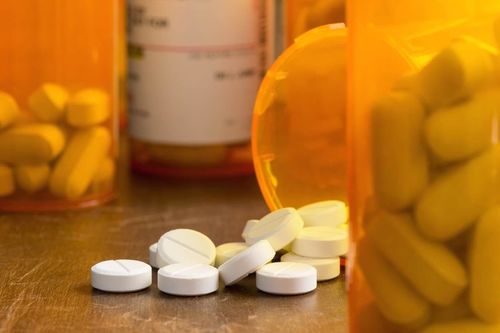
22 Aug Shrink Rap: Dr. Paul on Painkiller Addiction
Editor’s Note: Dr. Paul Hokemeyer is a part-time local, who lives and works in Manhattan, Malibu, and Telluride. He is a nationally recognized expert on Eastern philosophies, relationships, and emotional healing. A Licensed Marriage and Family Therapist, he holds a Ph.D in psychology, as well as a doctorate in the law. Dr. Paul also contributes to many prestigious news outlets, including The New York Times, CNN, The Wall Street Journal, Good Morning America, The Today Show, Fox News, Oprah Radio, etc. From time to time he has penned a column, Shrink Rap, for Telluride Inside.. and Out.
Dr. Paul was recently interviewed by one of the nation’s leading consumer website, the stir.cafemom.com, on the signs and dangers of prescription drug addiction. To learn more about that growing epidemic, read on….
Let’s say you’re in some pain. Maybe you’re recovering from surgery. Or perhaps it’s due to a medical condition that you simply can’t get a handle on. At some point, you’re going to be offered prescription painkillers. Damn straight, they’ll get rid of your pain. But there can also be a significant — and terrifying — cost.
What cost, you ask? Addiction and even accidental death.
Of course, you never bargain for either — you just want your pain to END already. But women are more likely than men to be prescribed these dangerous drugs, and become dependent on them faster.
Here’s everything you need to know about prescription painkillers, including how to stay safe if you absolutely must take them.
What, exactly, are opioids?
Simply put, they’re drugs that act on your nervous system to alleviate your sense of pain. Heroin is the best-known (and illegal) example. But your doctor can legally prescribe painkillers like oxycodone, hydrocodone, codeine, morphine, and fentanyl for high-pain situations.
Why is addiction to painkillers at an all-time high?
“There really isn’t one thing we can point to as an answer,” says Amy Ronshausen, deputy director of Drug Free America Foundation, Inc. But in the late 1990s, pain started to be categorized as a vital sign, along with blood pressure, temperature, etc. Because of that, doctors felt obligated to do something if a patient indicated he or she had any kind of pain.
“More times than not, that action was and is a prescription for a powerful opioid narcotic,” says Ronshausen. Prescriptions are typically for a 30-day supply, she adds, which is far more than many people need.
Add to the mix “pill mills” (where unethical docs dispense painkillers without an actual medicinal need) and lax state and federal laws, and — boom — you’ve got an epidemic on hand.
But I don’t take ANY medications. Why should I still be wary?
Just because you don’t take any drugs now doesn’t mean you won’t in the future. You could break your leg or have a root canal or have another condition where you’ll need prescription meds. And that means you have a chance of getting addicted.
“Unlike illicit drugs, many individuals who become addicted to opioids started off using them for a legitimate medical reason,” Ronshausen notes. “…We think they’re safe because they come from a doctor, not a drug dealer.”
If you’ve had issues before with alcohol or other drugs, had someone in your family who’s struggled with addiction, or gone through a childhood trauma such as sexual abuse or violence, you’re at a higher risk of becoming addicted to a painkiller.
More from CafeMom: 17 Celebrities Who Were Once Drug Addicts (PHOTOS)
But not everyone who takes painkillers gets addicted or ODs … right?
True. But take a look at some facts. Drug overdose is the leading cause of accidental death in the US, and prescription painkillers are responsible for most of those — nearly 19,000 in 2014 alone. That’s nearly double the amount of people who died from a heroin OD.
Do you really want to take your chances?
What are the signs of addiction?
“The three main signs are tolerance, obsession, and withdrawal,” notes Paul Hokemeyer, PhD, JD, an addiction, family, and marriage therapist based in Los Angeles, New York City, and Telluride, Colorado….



Sorry, the comment form is closed at this time.